These teenagers are making social media safe by fighting bullying, body shaming
Insecurity, hatred, love: social media is a constant window into a flurry of emotions we expose our children to. Is it possible to create a communication channel through social media for positive social change?
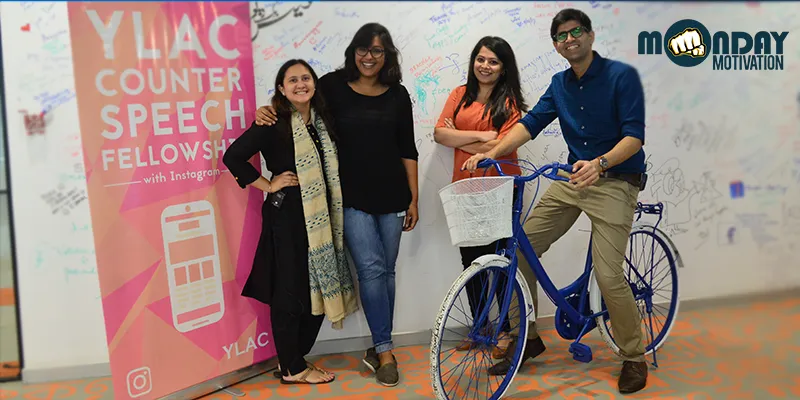
Guriya Rai, a student of class VIII at a government-run girls school, grew up in an environment where bullying and body shaming were a norm. She recalls how, especially on social media, teenage girls are constantly made aware of the way they look, and the clothes they wear.
“Years of confidence shattered by one stupid comment,” says Guriya.
For 16-year-old Paavani Ojha, growing up has been accompanied by a feeling of acute loneliness. The shy and introvert Paavani never had anyone to turn for sharing the confusion and sadness that filled her mind. Afraid to talk in public, she sought refuge in Instagram wherein anonymity gave her the courage to express herself through art and storytelling, where she felt accepted.
“Even the slightest bit of empathy would make me feel significantly better,” she says.
So was the case of Siddhant Talwar, an army kid in Class XI, who was constantly bullied and body shamed in school by his peers. Things took a turn for the worse when his Facebook account was hacked and disturbing content was posted through his handle, including personal photographs.
For the upset, depressed, and rejected Siddhant, it was a post on his Instagram feed that helped him to find friends— his school seniors— and they connected over their common passion of photography.
“I was in a very bad phase and the Direct Message from her probably saved me,” he says.
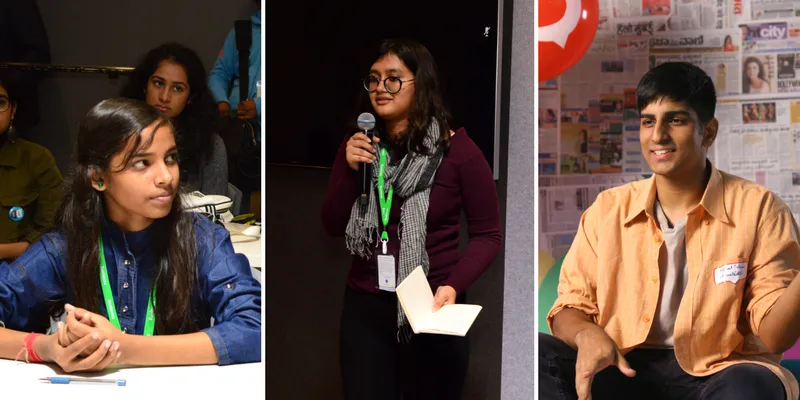
That social media affects the emotional well-being of a person in a variety of ways is well established. Especially among teenagers across all ages and economic backgrounds, there is often an ongoing battle for acceptance and communication — to feel loved and be wanted.
Given the situation, is it possible to create a communication channel to counter all the hate and negativity that cascades into social media for bringing about social change?
Social media influence
Today, social media is an integral part of the lifestyle of the youth. What they eat, how they dress, the places they go to — all of these find space in the virtual world of social media, primarily through photographs on Instagram.
“Teens use Instagram to share parts of their lives that could be highlights, deeply personal moments, issues they face and care about on a daily basis,” says Tara Bedi, Policy Programmes and Community Partnerships, Instagram, India.
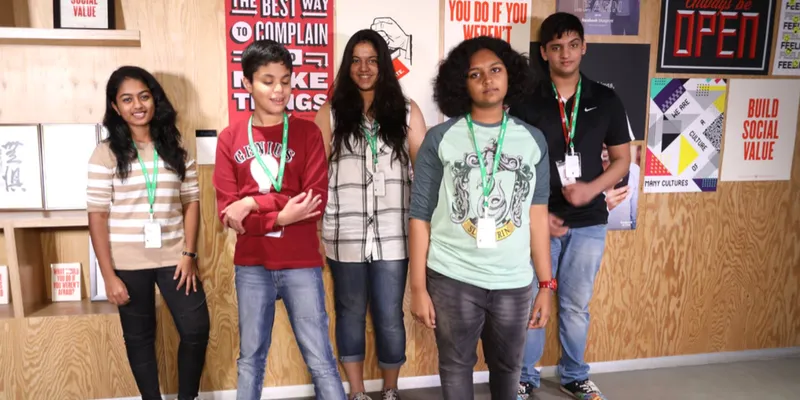
According to the Internet and Mobile Association of India the current internet penetration stands at 31 percent, of which 77 percent of urban users and 92 percent of rural users consider mobile as the primary device for accessing the Internet. Services such as e-mails, social networking and online shopping form the primary mode of internet consumption in urban India while entertainment in the form of video and audio content is consumed largely in the rural areas.
Further examining the online behaviour and social networking habits of Indian tweens and teens, a McAfee report, Tweens, Teens and Technology, states that 50 percent of the youth in India have had some experience with cyber-bullying — either they have been cyber-bullied online or witnessed others being cyber-bullied.

The report also found that the constant engagement of school children with social media was their way to seek attention which in turn contributes to risky behaviour.
“Ninety-two percent have posted or done something risky online and 49 percent believe that they can eventually delete any content they have shared,” the report stated.
Instagram’s response
Instagram realised this trend of negative behaviour on social media and at the same time understood that social media was indeed an integral part of a teenager’s life.
“One of the biggest challenges we face is the idea that being on social media is a waste of time, but we’ve also seen that this is where people come to share their lives and discuss the things that matter to them,” Tara says.
Tara’s team frequently connected with youth, especially teenagers, through day events and fellowship programmes in partnership with Youth Leaders for Active Citizenship (YLAC) India — a public policy startup which frequently engaged with youth and high school students.
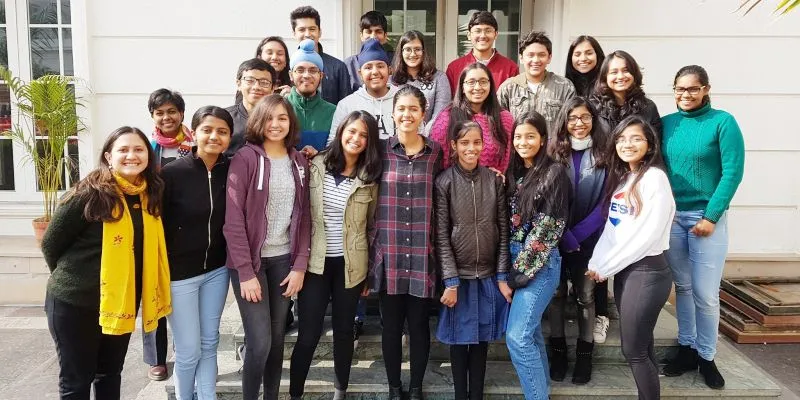
The aim was to understand their social media behaviour and possibly create a positive platform for dialogue and meaningful conversations where the youth can transcend typical cultural markers such as gender, distance, language, through visual storytelling.
She met many youngsters like Siddhant, who “was doing something incredible with his Instagram account.” Through Instagram Stories, Siddhant had been working towards making social media a ‘safe space’ for sharing stories. It was essentially a call to anyone to reach out to him and confidentially share something that they were struggling with and he would listen. He received up to 20 messages a day.
Siddhant remembers, “One girl reached out to me in response to my Instagram story on how I battled bullying and depression in high school. She was in a very vulnerable state without any support from parents, friends, or school. She was suicidal. I spoke to her till 4am that day. A month later, she messaged me that she went for professional help seeking therapy. This made me realise that talking out loud made a difference. It was one of the happiest days of my life.”
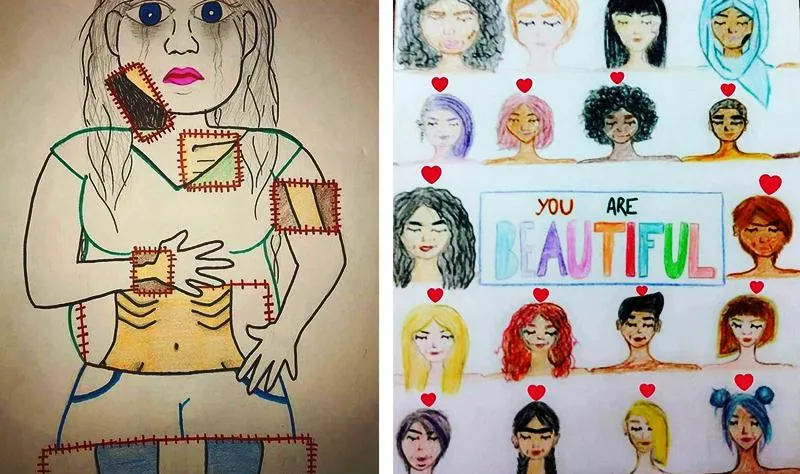
Last year, Instagram partnered with YLAC and launched counter speech fellowship (CSF), in Delhi and Mumbai, with the aim to equip young fellows and school children with the safety tools and resources to talk about acceptance, empathy, and knowledge. Further, they used anonymous reporting tools where youth could connect with trained helpers via iCALL (TISS) and Aasra, if needed.
Waves of change
Through CSF, fifty spirited teenagers who have faced cyber bullying, battled body shaming and trolls, came together. Guriya, Paavani and Siddhant are part of this cohort. Their aim is to reach thousands of other teenagers across the country and provide them with support in times of distress.
“The fellowship is a powerful platform to reach out to parents, school administrations and policymakers to advocate for better support systems for teenagers. As part of their work, CSF fellows are putting together recommendations for school authorities on how to deal to with issues such as bullying, mental health, etc.” says Anjini Bist, Program Manager at YLAC India.
The fellows are actively engaging in positive storytelling and running campaigns on Instagram on the following topics:
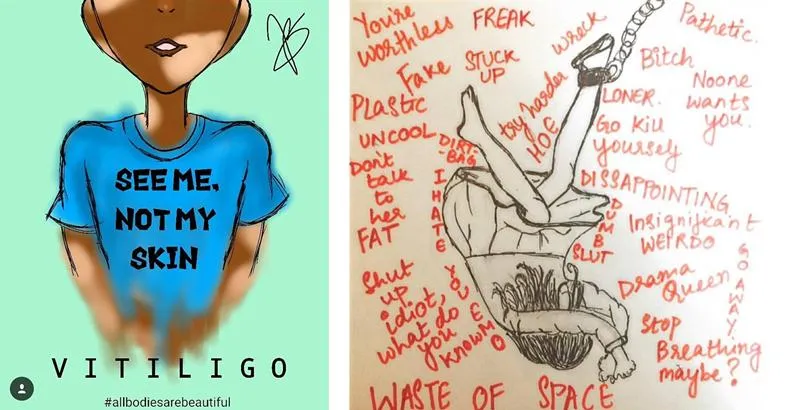
- Body Positivity- To counter the concept of the ideal body type and fat shaming, CSF fellows got together to start Instagram feeds on body positivity: @antibodyarchetype and @perfectlyuglydreams.
Through short campaigns, photographs, GIFs and real-life stories, they have created spaces where teens can come and share their stories and at the same time educate themselves on the ways to fight such challenges.
- Mental wellbeing- Teenagers experience multiple changes within their body as they take steps towards adulthood. This, coupled with the stress of academic work, takes a toll on their mental health and wellbeing. In a society where issues of mental health are already considered a taboo, teens rarely find the support needed to fight and overcome these challenges.
To nudge teens to think of wholesome wellbeing, the CSF fellow began #BetterThanBefore campaign, encouraging their peers to share inspiring and uplifting anecdotes on self-care as well as stories and poetry by teens who have fought battles with their minds.
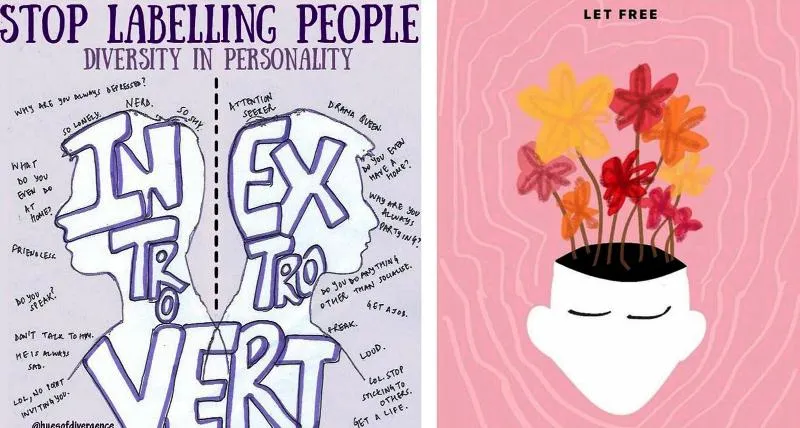
- Bullying- Bullying in schools and beyond is perhaps the common binding factor for teenagers globally, which leaves long-lasting psychological effects on young minds. It can even manifest in myriad different ways such as anxiety, depression, self-harm, and isolation.
The fellows are addressing this menace through powerful imagery, photographs and strong captions, where kindness is promoted and differences are celebrated.
- Safe spaces online- Cyber bullying and online hate is one such problem which has taken a toll on almost every social media savvy individual. To combat online stalking, trolling and bullying and in an attempt to make the internet a safer space, young fellows started #SafeSpace and #kinderinternet campaigns in an attempt to promote a multitude of opinions and encourage communication.
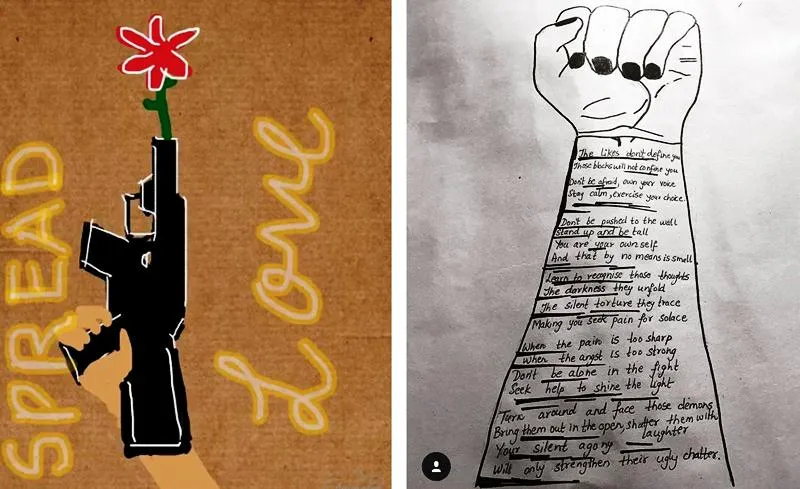
- Countering violent extremism (CVE): Social media is a neutral communications platform, but it is hard to control who uses it and for what purpose. Extremism has grown rapidly in the past few years and is being increasingly used for spreading hate and violence. Teenagers are an especially vulnerable group. Through videos on CVE, stories of survivors of violent extremism, cartoon strips and strong visual elements, CSF fellows are working to make the internet a more tolerant space.
“During the three-month long fellowship, we have observed our counter speech fellows grow and develop into confident and passionate young adults. Their perspective and understanding of issues impacting their own lives has grown deeply and we see a positive difference in how they approach matters of concern with their peers,” Anjini adds.
In a unique initiative on the occasion of Safer Internet Day on February 6, the fellows will take over the social media handles of influencers and thought leaders— including Shashi Tharoor, Barkha Dutt, Poonam Mahajan, Malala Fund, Sejal Kumar, and Prajakta Kohli— to create awareness about creating a kinder internet.







